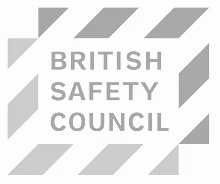
10 Rules for Workplace Safety
10 Rules for Workplace Safety Every Team Should Live By
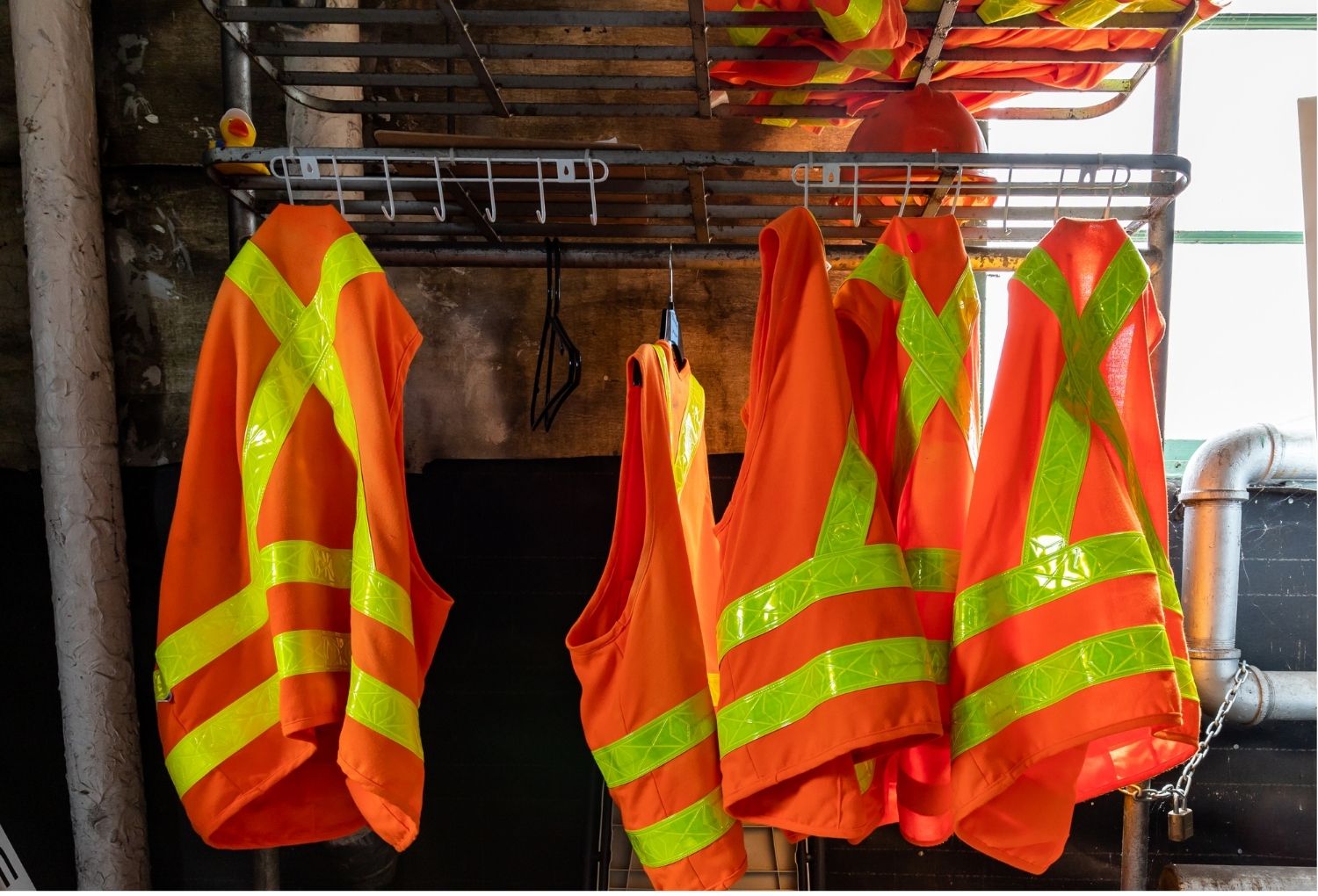
10 Rules for Workplace Safety Every Team Should Live By
In fast-moving industries like infrastructure, utilities, and rail, workplace safety isn't just a box to tick. It's the backbone of your operation. But too often, safety rules get buried in PDFs, forgotten on the noticeboard, or worse, skipped in the field.
The best-performing teams don’t rely on memory or hope. They build habits, systems, and accountability into their daily rhythm. Here are 10 essential safety rules that every team should not only know, but live by.
1. Stay Work-Ready
Before the job starts, make sure the person doing it is trained, briefed, and up to date. That means valid qualifications, proper induction, and an understanding of the risks involved.
Pro tip: Use systems that automatically flag expired certs or missing credentials before a worker is dispatched, and invest time upfront in an excellent onboarding process.
Data shows that site‑safety outcomes can be improved by at least 23% by using digital induction platforms like Visibly to flag gaps automatically and link employee or subcontractor records to training logs, helping supervisors manage certification expiry and site readiness in real time.
2. Report Hazards Immediately
Silence is dangerous. Encourage a culture where anyone can call out a risk, no matter how small. Quick reporting leads to quick fixes and helps prevent bigger issues. In fact, HSE data shows that 60% of major workplace accidents could have been prevented through earlier reporting of near misses or hazards.
Mobile-first reporting tools make this frictionless, especially for field teams on the go.
3. Use the Right Equipment, Every Time
No hacks. No improvising. The right tool for the job protects everyone involved. Daily checks, replacement protocols, and equipment tracking should be the norm. Ensuring the right equipment and PPE is available for different heights and sizes is also crucial.
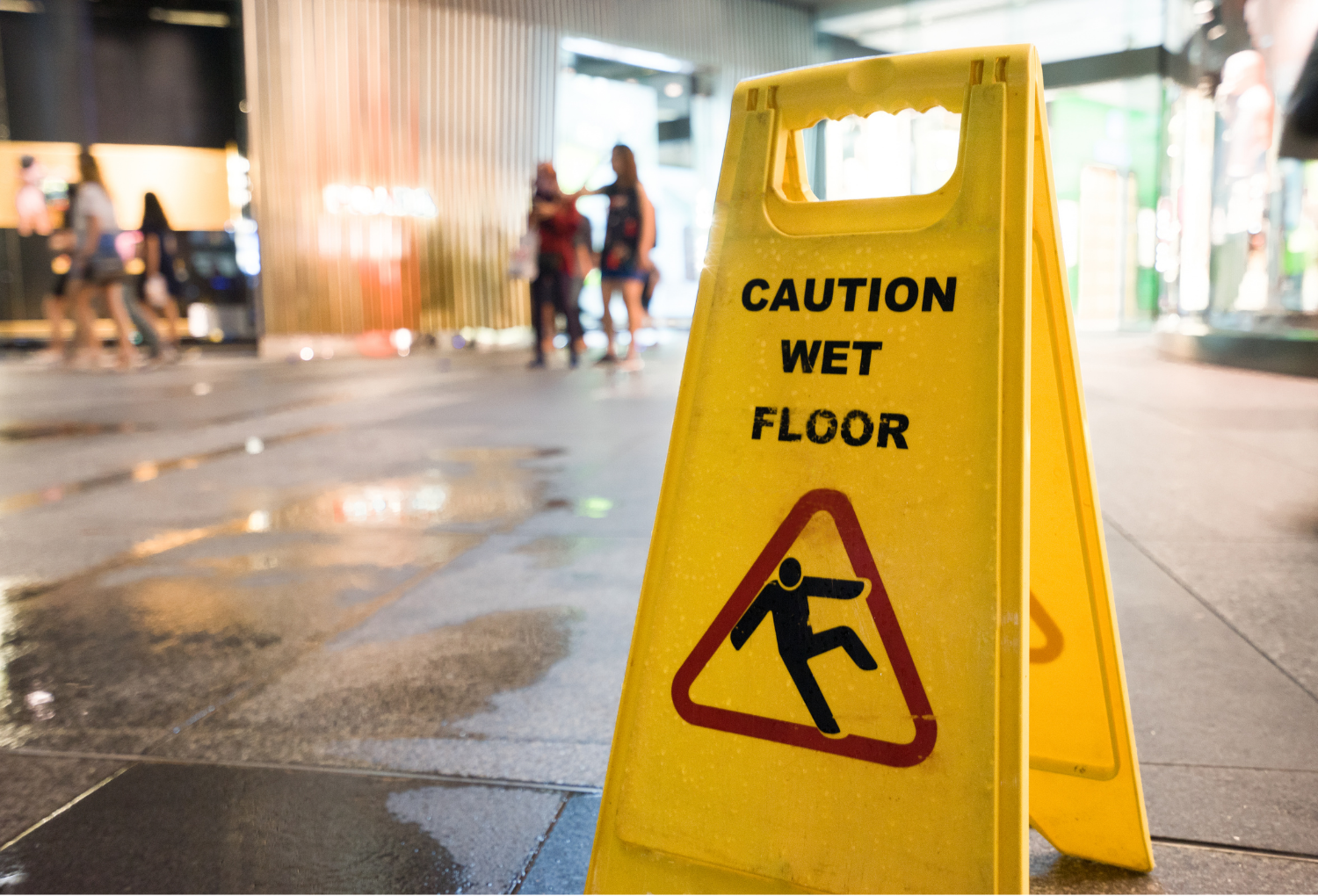
4. Keep Work Areas Clean and Orderly
Slips, trips, and falls remain one of the top causes of injuries in the workplace. They account for over 30% of all non-fatal injuries reported in UK workplaces. Good housekeeping isn’t optional. It’s safety in action.
5. Follow Safety Procedures, Even When No One’s Watching
Procedures exist for a reason. Reinforce the "why" behind every step and make it easier to do the right thing than to cut corners.
Look for signs of "safety drift" as teams become a bit complacent and cut corners, and use data to intervene early.
6. Speak Up If You’re Unsure
Psychological safety is real safety. Workers should feel confident to pause work, ask questions, or raise concerns without fear of blame.
7. Know the Emergency Plan
If an incident happens, it’s too late to start reading. Every worker should know the drill. Regular practice beats reactive panic.
8. Don’t Bypass Lockout/Tagout Rules
It can be tempting in high-pressure jobs but it’s potentially fatal. Lockout/tagout exists to save lives, especially when maintaining live systems or equipment.
9. Take Fatigue Seriously
Fatigue isn’t just unpleasant. It’s dangerous. It’s estimated that fatigue-related errors cost UK businesses up to £240 million each year, through accidents, absenteeism, and lost productivity.
Set clear policies on breaks, shift rotation, and work-hour limits, and enforce them consistently.
10. Make Safety Everyone’s Job
Safety isn’t just the HSEQ manager’s responsibility. It’s a shared standard that runs through every level, from subcontractor to CEO.
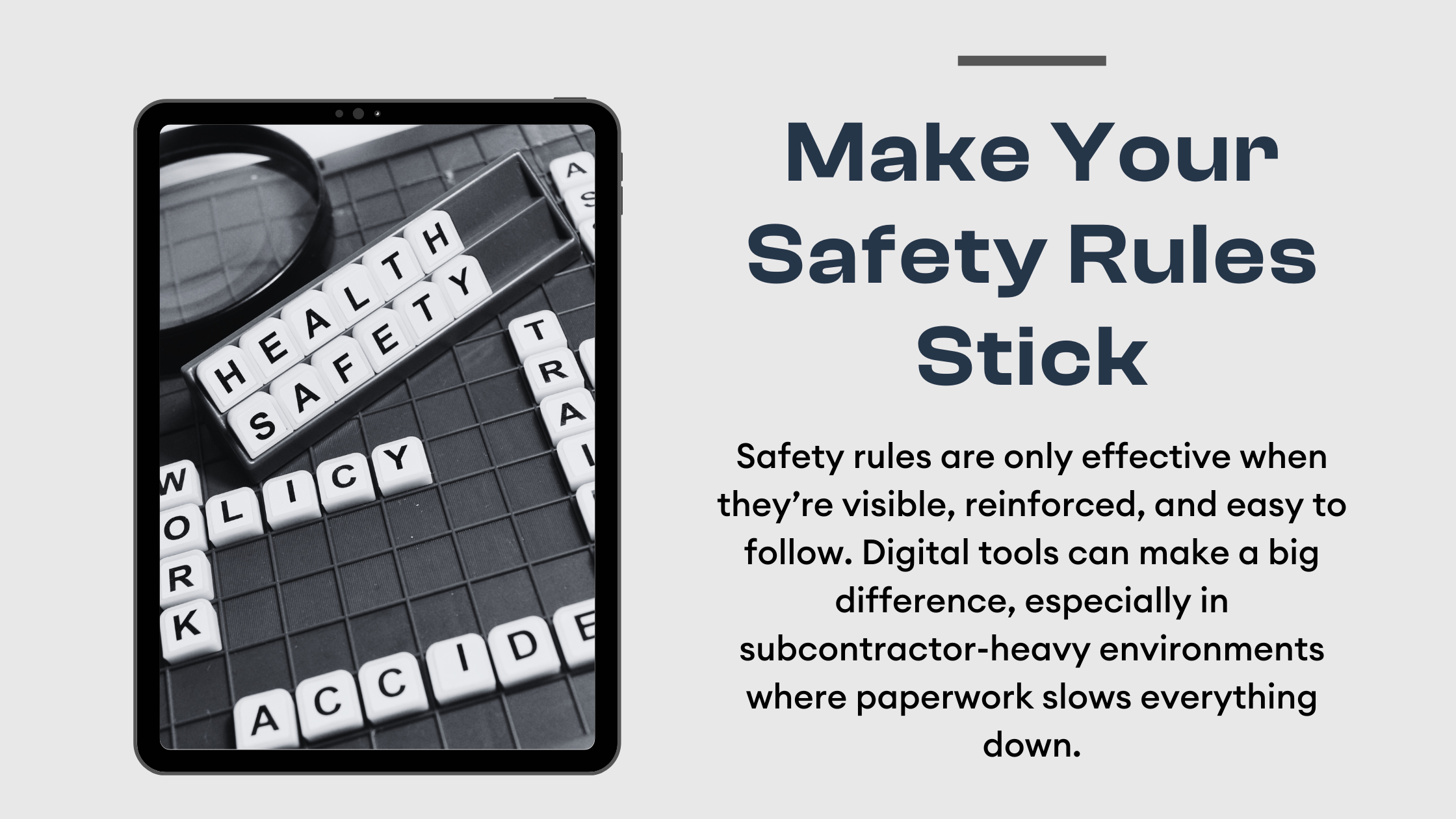
Three Ways Visibly Helps You Embed a Safety Culture
1. One Source of Truth for Compliance
Visibly centralises all compliance data, including accreditations, inductions, and audits, across your workforce, assets, and subcontractors. No more scattered spreadsheets or inbox archaeology. Everything lives in one place and is accessible to the people who need it.
2. Proactive Alerts and Work-Ready Checks
Say goodbye to expired tickets and missed renewals. Visibly automatically flags gaps in worker readiness and sends alerts before it’s too late. Every worker arrives on site fully briefed and qualified, without exception.
3. Mobile-First Reporting and Visibility
Make it easy for frontline workers to log hazards, upload documents, or flag issues in real time from their phones. Give leadership real-time dashboards that show safety status at a glance.

Ready to Make Safety Visible?
Let’s talk about how you can reduce admin, improve accountability, and build a safety culture that scales with your business.






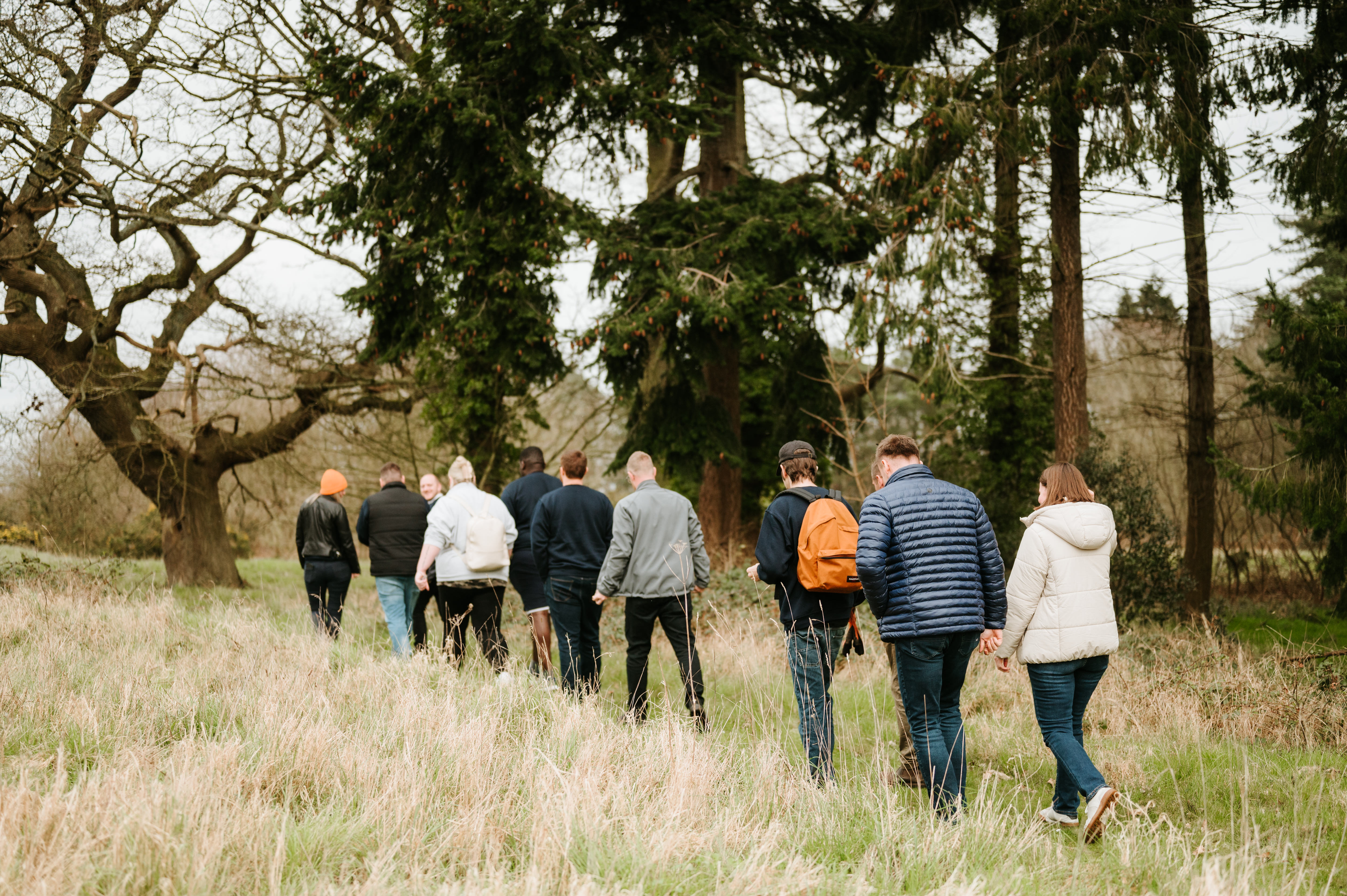
.png)

